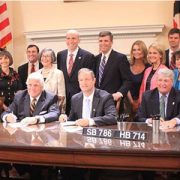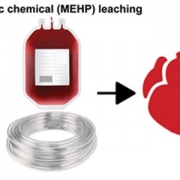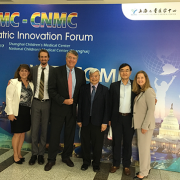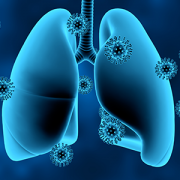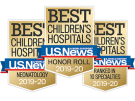Antonio R. Porras, Ph.D., awarded prestigious NIH grant for craniosynostosis modeling, career advancement

Antonio R. Porras, Ph.D., is a staff scientist in the Sheikh Zayed Institute for Pediatric Surgical Innovation at Children’s National Health System.
Antonio R. Porras, Ph.D., a staff scientist in the Sheikh Zayed Institute for Pediatric Surgical Innovation at Children’s National Health System, has received the prestigious Pathway to Independence Award from the National Institutes of Health (NIH). This award funds Dr. Porras’ research for the next five years, enabling him to develop two bone growth models that will better inform clinicians treating patients with craniosynostosis and help to optimize outcomes. Also referred to as the K99/R00 grant, this NIH award is for researchers who are either in the postdoctoral/residency period or who are early career investigators. It is designed to transition them from mentored positions to independent, tenure-track or equivalent faculty positions so that they can launch competitive research careers.
Marius George Linguraru, D.Phil., M.A., M.Sc., a principal investigator in the Sheikh Zayed Institute for Pediatric Surgical Innovation, is Dr. Porras’ primary mentor on this research project along with co-mentors Robert Keating, M.D., division chief of neurosurgery at Children’s National, and Maximilian Muenke, M.D., chief in the Medical Genetics Branch at the National Human Genome Research Institute.
Dr. Porras has taken a research interest in craniosynostosis, the early fusion of one or more cranial sutures that may lead to craniofacial malformations and brain growth constraints during childhood. With this NIH K99/R00 award, Dr. Porras will employ his expertise in computer science, biomedical engineering, quantitative imaging and statistical modeling to create a personalized computational predictive model of cranial bone growth for subjects without cranial pathology and for patients with craniosynostosis. Dr. Porras will also quantify the coupled growth patterns of the cranial bones and the brain using an existing brain growth model.
Affecting one in 2,100 to 2,500 live births, craniosynostosis complications can result in elevated intra-cranial pressure and subsequent impaired brain growth. While treatable, optimal outcomes are stymied by subjectivity in the evaluation of cranial malformations and prediction of cranial bone development. There are currently no personalized clinical tools available to predict healthy or pathological cranial growth and no objective techniques to optimize the long-term outcome of treatment for patients with craniosynostosis.



